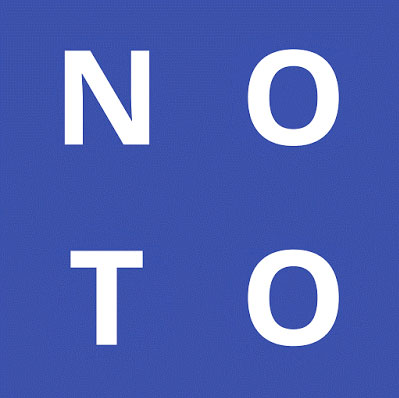Project Noto, one of Google’s most ambitious undertakings ever, has reached a milestone. Noto now supports 800 languages and 100 writing scripts, the companies announced last week.
Google and Monotype launched the open source initiative to create a typeface family that supports all the languages in the world, even rarely used languages.

Both serif and sans serif letters with up to eight weights are supported, as well as numbers, emoji, symbols and musical notation.
“Noto” is short for “no tofu.” Outside the font world, tofu is something to eat — but to insiders, it’s those annoying rectangles that appear on the screen when a computer doesn’t have a font to display the characters in a document or on a Web page. The name “Noto” conveys Google’s goal of eliminating them.
All Noto fonts can be downloaded for free.
Keeping Information Alive
Hundreds of researchers, designers, linguists, cultural experts and project managers around the world have been involved with Noto.
Work on the Noto fonts is ongoing as new scripts are added to the Unicode Standard — a character coding system designed to support the worldwide interchange, processing and display of written texts representing the diverse languages and technical disciplines of the modern world, according to the Unicode Consortium.
Essentially, the standard aims to establish a unique combination of numbers for every character in every written language ever written.
“The aim of the Noto project is to provide digital representation to all the scripts in the Unicode Standard,” said Kamal Mansour, a linguistic typographer at Monotype. “That in particular is something that many different language communities could not afford to do on their own.”
Stones to Sand
As happens with Google projects from time to time, Noto began as an internal project.
“Our goal for Noto has been to create fonts for our devices, but we’re also very interested in keeping information alive,” said Bob Jung, director of internationalization at Google.
Google believes it’s really important to preserve even dead languages, he added, and “without the digital capability of Noto, it’s much more difficult to preserve that cultural resource.”
When adding languages to Noto, priority is given to widely used languages, but it’s important to support other languages, too, even if no one is still speaking them, said Google Product Manager Xiangye Xiao.
“There are some characters you can only see on stones,” she explained. “If you don’t move them to the Web, over time those stones will become sand, and we’ll never be able to recover those drawings or that writing.”
Suit in the Closet
Tofu isn’t just an obstacle to language preservation — it’s an obstacle to business, as well.
“Because there isn’t a common font that works across all languages and use cases, you run into the problem of a default font in one culture not being acceptable for business use in another culture,” said Paul Teich, a principal analyst with Tirias Research.
“What Google has done is design a clean, modern, least-common-denominator business and education font across cultures and languages. It’s the suit that always stays in your closet,” he told TechNewsWorld.
“It lets Google take its browser Chrome to any device and serve up a font that exists everywhere because they created it,” added Teich. “It can become a lingua franca, simply because it has a character for every language.”
Aesthetically, the font is fairly basic, observed John Caserta, an associate professor at the Rhode Island School of Design.
“A lot of free fonts lack character and risk,” he told TechNewsWorld.
“Graphic designers are going to want find a typeface that’s more unique to create a brand for a company,” Caserta said. “For websites that don’t need a distinct look, these Noto fonts will work fairly well.”





















































